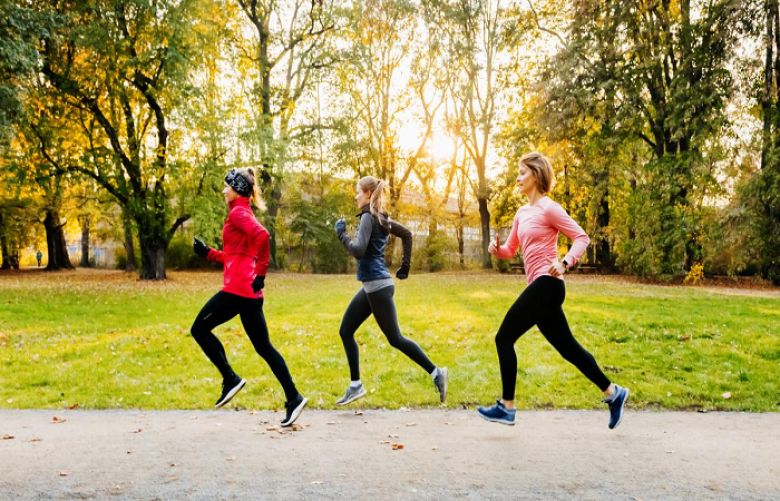People with type 2 diabetes should exercise in the afternoon instead of the morning to manage their blood sugar, a new study has found.
“In this study, we (have) shown that adults with type 2 diabetes had the greatest improvement in glucose control when they were most active in the afternoon,” co-corresponding author Dr. Jingyi Qian, from the Division of Sleep and Circadian Disorders at Massachusetts’ Brigham and Women’s Hospital, said in a statement.
“We’ve known that physical activity is beneficial, but what our study adds is a new understanding that timing of activity may be important too,” Qian added.
A team of researchers from Brigham and Joslin Diabetes Center studied data from more than 2,400 people who were overweight and diagnosed with type 2 diabetes, and were wearing a waist accelerometry recording device – something that measures vibration or acceleration of motion – to measure their physical activity.
After reviewing data from the first year of the study, researchers found that those who did “moderate-to-vigorous” physical activity in the afternoon had the greatest reduction in blood glucose levels.
According to Harvard’s School of Public Health, examples of “moderate” activity include brisk walking, mowing the lawn with a power mower and playing badminton recreationally, while “vigorous” activity includes hiking, fast jogging, a basketball or soccer game or cycling at 14-16 miles per hour.
How promising are new drugs to treat obesity and who should — and shouldn't — use them? Our medical analyst explains
You can tell if you are exercising at a moderate aerobic level if you’re able to talk but not sing your favorite song, according to the US Centers for Disease Control and Prevention.
When looking at data from the fourth year of the study, the team found that those who exercised in the afternoon maintained a reduction in blood glucose levels, and had the highest chance of being able to stop taking glucose-lowering diabetes medication.
Type 2 diabetes is the most common type of diabetes, and occurs when the body becomes resistant to insulin, or doesn’t make enough insulin, according to the World Health Organization.
Mostly found in adults, it is associated with older age, obesity, family history, physical inactivity and race/ethnicity.
People with diabetes are at risk of complications including nerve damage, vision and hearing problems, kidney disease, heart disease and premature death.
The study’s authors note that the observational study does come with limitations, as it didn’t measure sleep or diet.
“Timing does seem to matter,” said co-corresponding author Dr. Roeland Middelbeek, assistant investigator at Joslin Diabetes Center. “Going forward, we may have more data and experimental evidence for patients to give more personalized recommendations.”
Dr. Lucy Chambers, Head of Research Communications at Diabetes UK, said of the study: “Keeping physically active can help people with type 2 diabetes manage their blood sugar levels and reduce their risk of developing serious diabetes-related complications such as heart disease and kidney failure, as well as improving their overall wellbeing.
Chambers, who was not involved with the study, emphasized the need for people to exercise where they can.
“This new research found that regular ‘moderate-to-vigorous’ physical activity – whether in the morning, midday, afternoon or evening – was associated with lower average blood sugar levels in people with type 2 diabetes. Afternoon exercise was linked with the greatest benefits but the reasons for this are unclear and current evidence on optimal times for exercising is mixed.
“If you’re living with type 2 diabetes, the most important thing is to find an exercise you enjoy and that you can incorporate into your routine in the long-term – whether it’s before work, on your lunch break, or in the evening,” she added.
The team’s findings are published in the journal Diabetes Care.

